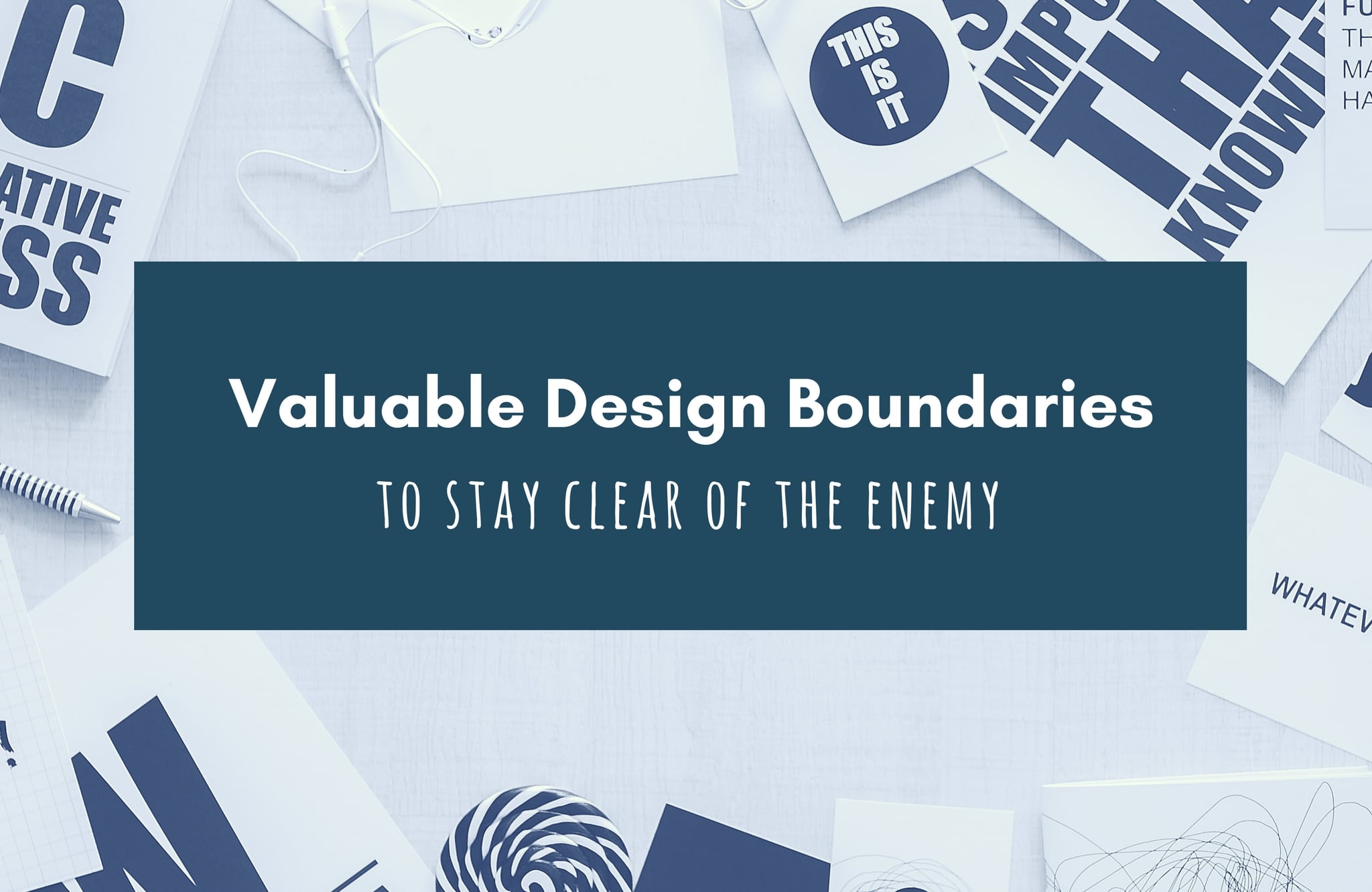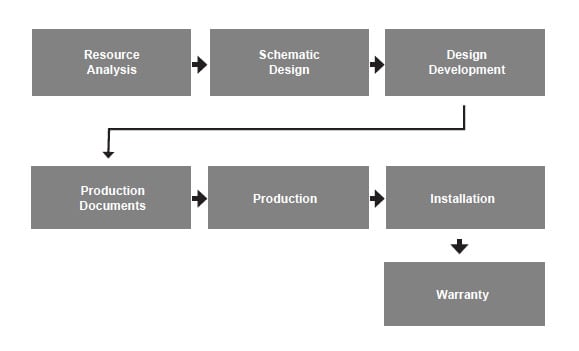Valuable Design Boundaries to Stay Clear of the Enemy
Thursday, January 18, 2018 1:00 PM by Betty Brennan in General

“No battle plan survives contact with the enemy.”
– Helmut von Multke
In the design process, often the enemy is too many voices each with their own vision, with no decision maker, and veering from the agreed upon process (contract parameters).
Can you imagine designing your home with not only your spouse, but also some cousins, friends and neighbors? How would you ever come up with a design you all love? Given that most exhibit design work is done with committees and stakeholders that’s a lot of people to get on the same page. Design is a process and is subjective. It is easy to understand why there might be a lot of revisions along the way. How can you minimize the number of revisions, avoid additional service fees and maintain a good working relationship?
The key to limiting the challenges that will surely arise it to make sure all parties adhere to a well-defined process and stick to the boundaries agreed upon in the contract.
In all relationships it’s healthy to clearly define the boundaries. For a design project boundaries are outlined via the scope of work document, the schedule, the budget and the contract. The boundaries are established both for the design firm and the client. Both must participate and keep their agreements for creativity and the relationship to thrive.

In general it is more obvious the work the design firm must do. Sometimes it’s not as clear what boundaries a client must adhere to for a successful project. For a successful project a client must:
Assign a project manager.
Be clear on your team’s roles and responsibilities.
Have a decisive decision maker.
Get your work done on time, e.g. approve submittals, provide research, provide resources, attend meetings, etc.
Be clear on what you are approving at each submittal.
Be sure anyone that will affect the design is involved in the project from the start and not brought in later.
Often clients believe there is an opportunity to change the design later after they have approved a design phase. They, of course, want flexibility. However, when calling it flexibility it sometimes goes beyond the boundary of project scope (that’s called scope creep). We once had a client say, “I’ll know it when I see it,” they expected endless rounds of design. In reality you need to “see it” within the confines of the process.
In most design contracts the design allows for a certain number of revisions. Once you go beyond that quantity additional service fees can be charged. Working through the exhibit design process with many voices and visions can seem like group therapy at times. Yet, if you and your spouse are still fighting after therapy you don’t expect your therapist to offer free sessions until you are not fighting. Hours costs dollars. A clearly defined process with well thought out boundaries can bring together disparate voices and unite them in a cohesive battle plan to design an exhibit that is both inspiring and cost effective.
Share this on social networks